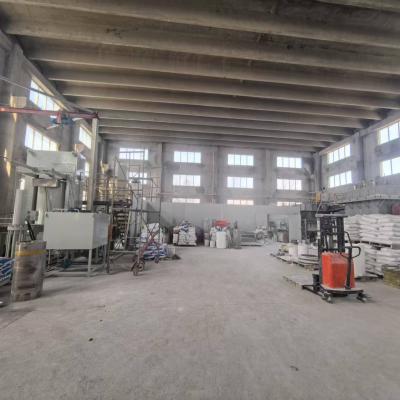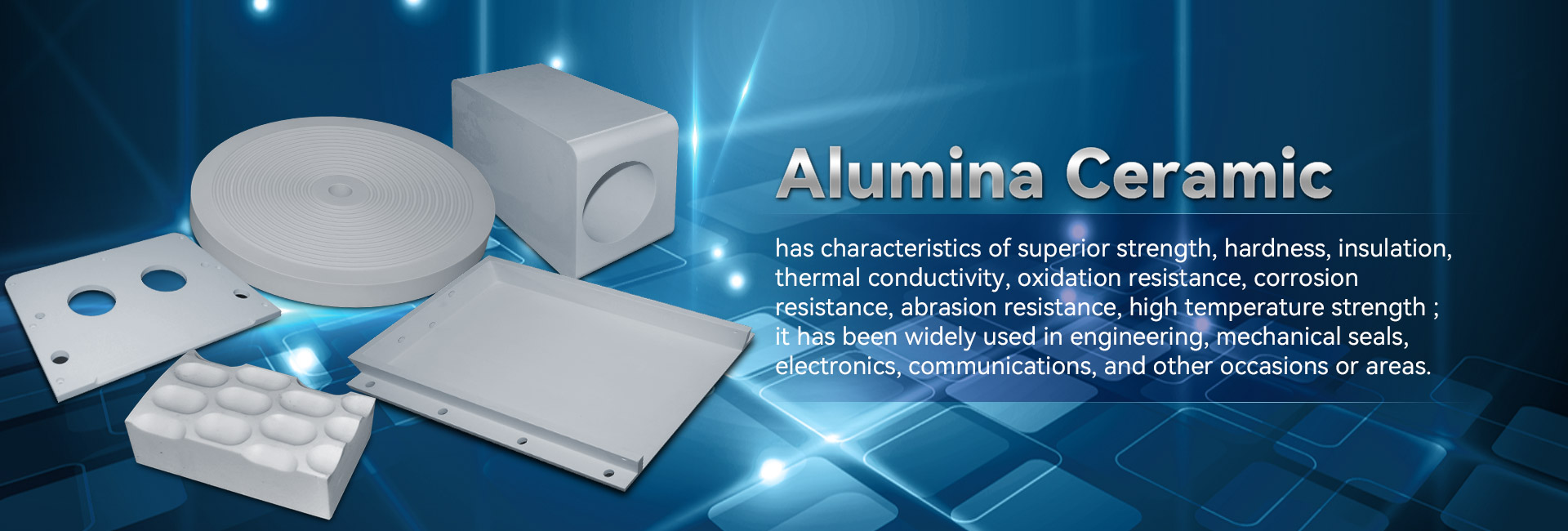
Innovative alloy showcase unique structural essences, enabling them advantageous for a extensive set of instances. Developing from aviation and automobiles to electronic equipment, these products are regularly growing to satisfy the needs of a contemporary context.
- Their fortitude and immunity to extreme conditions make them necessary for advanced devices.
- Moreover, technical ceramics yield advantages in terms of functionality, boosting the growth of advanced techniques.
Crafting Substances: Developed for Exceptional Capability
Created ceramics outperform in rigorous applications due to their superior attributes. Constructed from chosen raw constituents and undergoing meticulous processing operations, these next-generation products display remarkable fortitude, corrosion resistance, and endurance to harsh temperatures, deterioration, and abrasion. From orbital parts to fine crafting tools, industrial ceramics offer unique quality across numerous sectors. Their elasticity allows enduring severe circumstances, ensuring endurance and stability. As modernization progresses, the requirement for quality materials grows, cementing the key part of industrial ceramics in shaping a enhanced future.
High-Tech Ceramics: Extending Material Limits
Ceramics, revealing notable robustness and permanence, are engaged in a innovation. Sophisticated ceramics, developed with exact control over their formulation and internal architecture, exceeding the frontiers of the total of feasible. These composites present a comprehensive assortment of features, considering them optimal for hard domains such as outer space, clinical field, and sustainable power. From low-weight parts that persist through extreme heat levels to tissue-friendly implants that merge effortlessly with the physiology, advanced ceramics are altering our surroundings.
Exact Ceramic Production: Fulfilling Rigorous Requisites
Manufactured ceramic fabrication has improved decisively in recent intervals, empowering the design of detailed and highly efficient ceramic items. These elements are crucial across a comprehensive range of branches, including outer space, healthcare, and tech domains. Matching the specialized standards for these operations calls for precise fabrication methods that warrant dimensional exactness, surface treatment, and material specifications. Contemporary ceramic fabrication processes utilize various methods, including slip casting, injection molding, and additive manufacturing. These techniques empower the assembly of complex structures and exact facets with highly rated reliability. Furthermore, advances in substance science have yielded new ceramic blends endowed with advanced peculiarities. These materials show increased strength, survivability, and tolerance to severe thermal conditions, permitting their use in demanding sectors.
The possibilities for fine ceramic fabrication are great. As research and innovation advance, we can predict even more refined practices and ceramics that will similarly broaden the limits of what is doable in this domain.
Elite Ceramic Elements for Extreme Contexts
Modern ceramic composites exhibit extraordinary sturdiness and antagonism against rigorous conditions, making them recommended for stringent purposes in orbital territories. These high-tech ceramics can withstand drastic thermal loads, repel corrosion, and secure their structural integrity under high performance weights. Their unparalleled molecular specifications empower solid utility in harsh circumstances, including thermal devices, combustion engines, and reactor cores.
- Ceramic composites
- Temperature durability
- Weight minimization
Specialized Ceramics: Blending Power and Effectiveness
Composite materials furnish a compelling mix of mechanical durability and distinct tailored properties. Through the combining of ceramic units within a framework, these ceramics achieve impressive strengths. This mixture results in heightened resistance against high temperatures, wearing, and chemical degradation, rendering them fit for precise tasks in aerospace, motor industry, and utilities industries. Furthermore, ceramic composites can be modified to possess exclusive properties like electrical conductivity or biocompatibility, stretching their versatility across diverse sectors.
Nanostructural Governance in Leading Ceramics
Reaching optimal features in cutting-edge ceramics usually demands precise oversight over their internal structure. Myriad production parameters, including sintering heat intensity, span, and atmosphere, alongside the incorporation of dopants or enhancing phases, considerably impact the disposition of microstructures, porosity, and other microstructural aspects. Precise refinement of these elements allows for the optimization of fortification, break resistance, and heat conductivity. In particular, elevating the sintering heat magnitude can advance grain expansion, thus increasing thickness and improving mechanical durability. Conversely, regulating the firing atmosphere may change the oxidation position of the ceramic, thereby influencing its electrical transfer or magnetic characteristics. Grasping these relationships between microstructure and properties is fundamental for fabricating advanced ceramics with personalized traits suitable for inclusive uses.
Durability-Enhancing Ceramics: Increasing Robustness
Throughout high-stress engineering areas, where parts are submitted to constant abrasion and damage, materials with notable sturdiness are decisively vital. Wear-resistant ceramics have appeared as a top measure, affording unparalleled strength and operation in diverse covers such as processing, mining, and aerospace. These advanced products possess a rare microstructure that strengthens their ability to counteract abrasion. By exploiting the essential fortitude and compactness of ceramic structures, engineers can craft tough items capable of enduring the most inimical operating locales.
Bio-Inert Products: Roles in Medicine
Biofriendly ceramics have transformed the biomedical realm, delivering an array of profitable peculiarities for diverse uses. These compounds are passive within the tissue, minimizing reactionary responses and promoting regeneration. A prime mission for biocompatible ceramics is in bone fixation devices, where their robustness sustains long-lasting foundation to damaged muscle.
What's more, they are employed in dentistry, offering a strong and natural-looking solution for prosthetic teeth. Ceramics also exercise a key position in pharmaceutical formulations, supporting the localized dispensary of substances to specific targets within the biological makeup.
- Furthermore, biocompatible ceramics are repeatedly being analyzed for biomaterials development, serving as a foundation for replacement.
- Hence, the path forward of biocompatible ceramics in clinical use looks encouraging, with continual development expanding their uses.
Ceramic Sensing Technologies: Facilitating Detailed Measurements
Sophisticated ceramic sensors have surfaced as critical aspects across a multifaceted array of fields. These sensors exploit the incomparable properties of ceramic substances to deliver highly reliable ceramic bar calculations. Their strength in {demanding|harsh| 